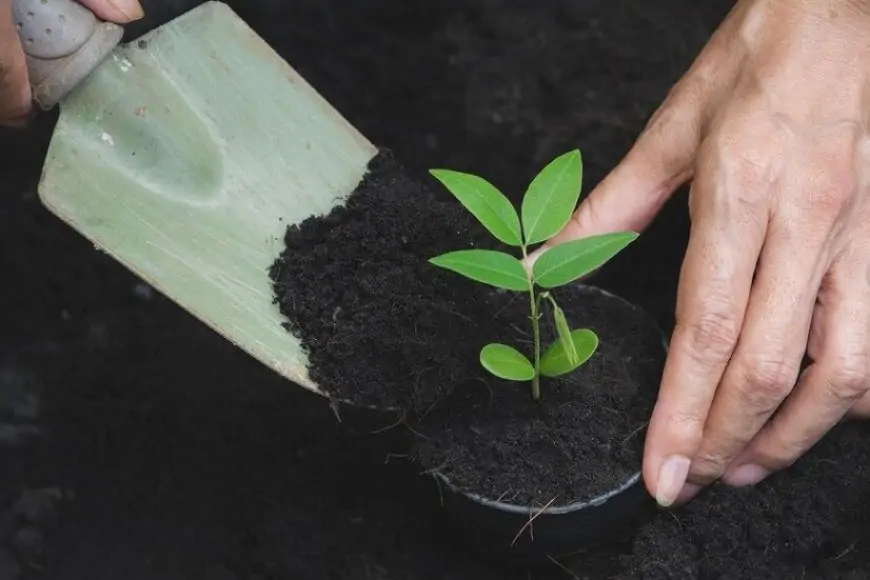The Jamun plant, also known as the Indian blackberry or Java plum, is a tropical fruit tree popular in India. Its juicy, dark purple fruits are not only delicious but also known for their medicinal properties. Growing a Jamun plant at home is rewarding and relatively easy if you follow the right steps.
1. What is a Jamun Plant?
The Jamun plant (Syzygium cumini) is a tropical evergreen tree that produces sweet and slightly tangy fruits. In addition to being delicious, these fruits are rich in vitamin C and antioxidants. Jamun trees can grow up to 30 meters tall, but when grown at home, they can be kept smaller with proper pruning.
2. Choosing the Right Jamun Sapling
When starting your Jamun plant, it’s essential to pick a healthy sapling. Look for saplings that:
- Are at least 6-12 months old.
- Have a sturdy stem and green leaves.
- Show no signs of disease or pests.
3. Steps to Grow a Jamun Plant
1. Soil Preparation
Jamun plants thrive in well-drained soil with a pH level between 6.5 to 7.5. Sandy or loamy soil is ideal. You can enrich the soil with organic compost or manure to promote growth.
2. Planting the Sapling
- Dig a Hole: Create a hole that’s about twice the size of the sapling’s root ball.
- Plant Depth: Ensure the root ball is level with the ground surface. Fill the hole with soil and lightly press down.
- Water: Water the plant immediately after planting, ensuring the soil is moist but not waterlogged.
3. Sunlight Requirements
Jamun plants need full sunlight for at least 6-8 hours a day. Place the plant in a location that receives ample sunlight to encourage healthy growth and fruit production.
4. Watering
Water the plant regularly, especially during the early growth stages. Keep the soil slightly moist but avoid overwatering, as this can lead to root rot.
4. Positive and Negative Astrological Connections
Many believe that the Jamun plant has spiritual significance. In Vedic astrology, planting a Jamun tree can bring prosperity and good fortune.
Positive influences:
- Promotes spiritual growth and connection to nature.
- Encourages mental clarity and peace.
Negative influences:
- Some believe that improper placement of a Jamun tree in the garden may attract negative energy, so it is often advised to consult an astrologer before planting.
5. Common Problems and Solutions
1. Pests and Diseases
Common pests include aphids and fruit flies. You can treat infestations by spraying a neem oil solution on the plant.
2. Root Rot
Overwatering can lead to root rot. To prevent this, ensure the soil is well-drained, and water only when necessary.
6. Extra Tips for Growing a Healthy Jamun Plant
- Fertilizing: Apply a balanced fertilizer during the growing season. Organic compost or manure is excellent for boosting soil nutrients.
- Pruning: Regularly prune the plant to encourage bushy growth and remove dead or weak branches.
- Mulching: Use organic mulch around the base of the plant to retain moisture and suppress weeds.

By following these steps, you can grow a healthy Jamun plant that will bear fruit in a few years. Patience and consistent care are key to a flourishing plant that will reward you with both beauty and bountiful fruits.
This article provides a calm and straightforward guide to growing a Jamun plant, focusing on practical steps while acknowledging its astrological significance. Whether you're a seasoned gardener or just starting, this guide will help you cultivate a thriving Jamun tree.















![[18+] Adult Telegram Groups Links for India [18+] Adult Telegram Groups Links for India](https://sociallyshout.com/uploads/images/202311/image_140x98_655b7e954cd20.webp)


